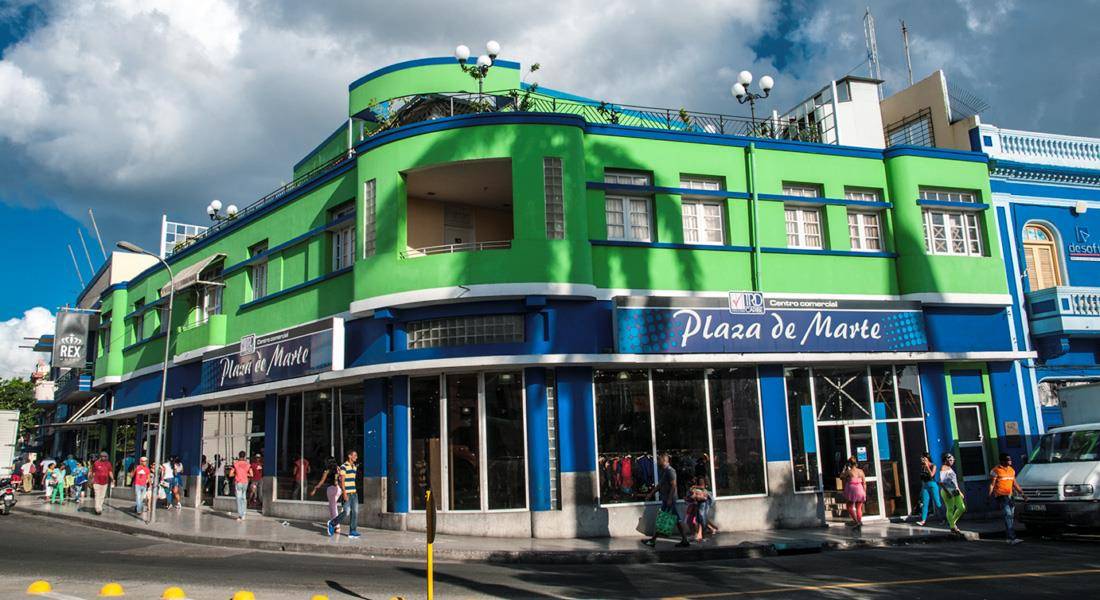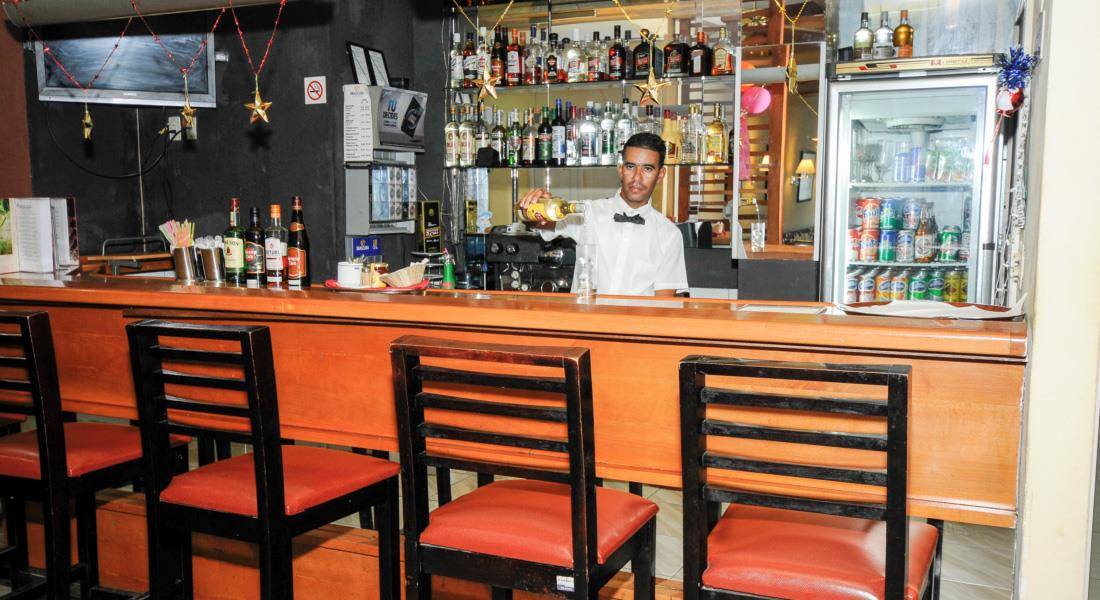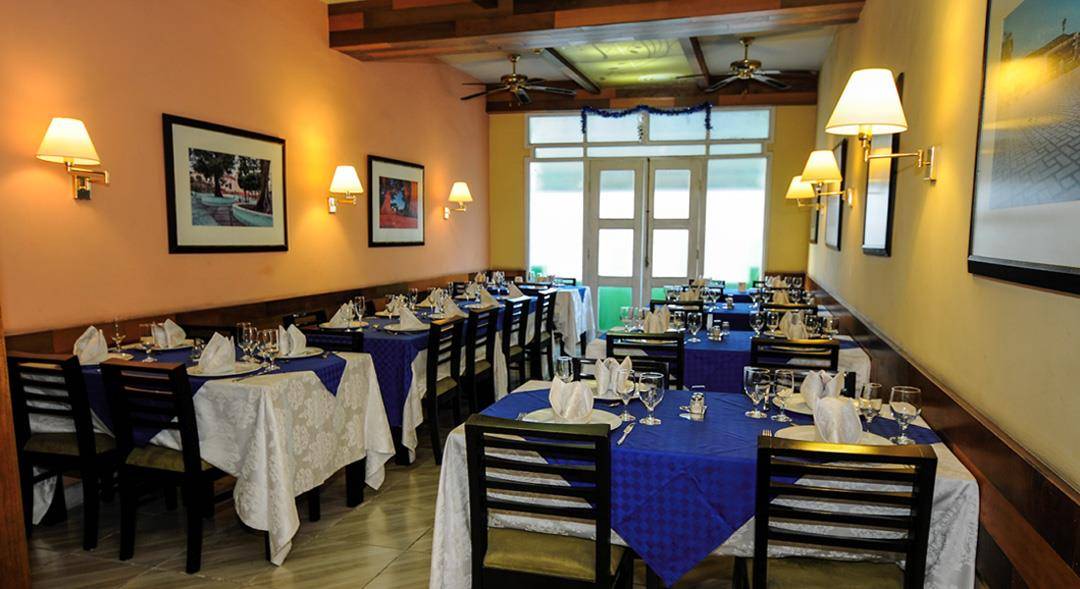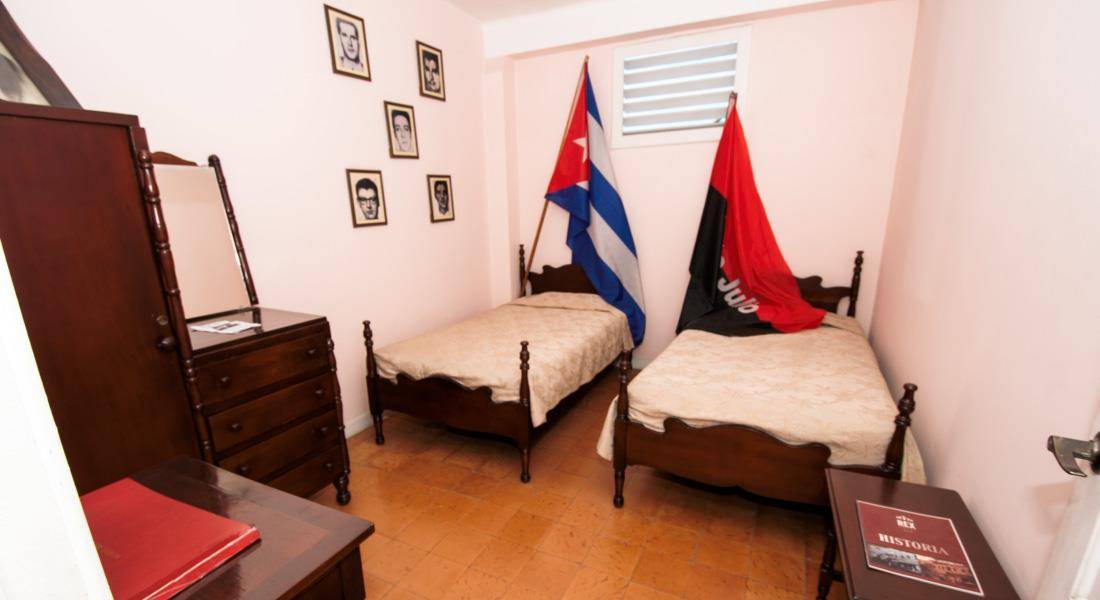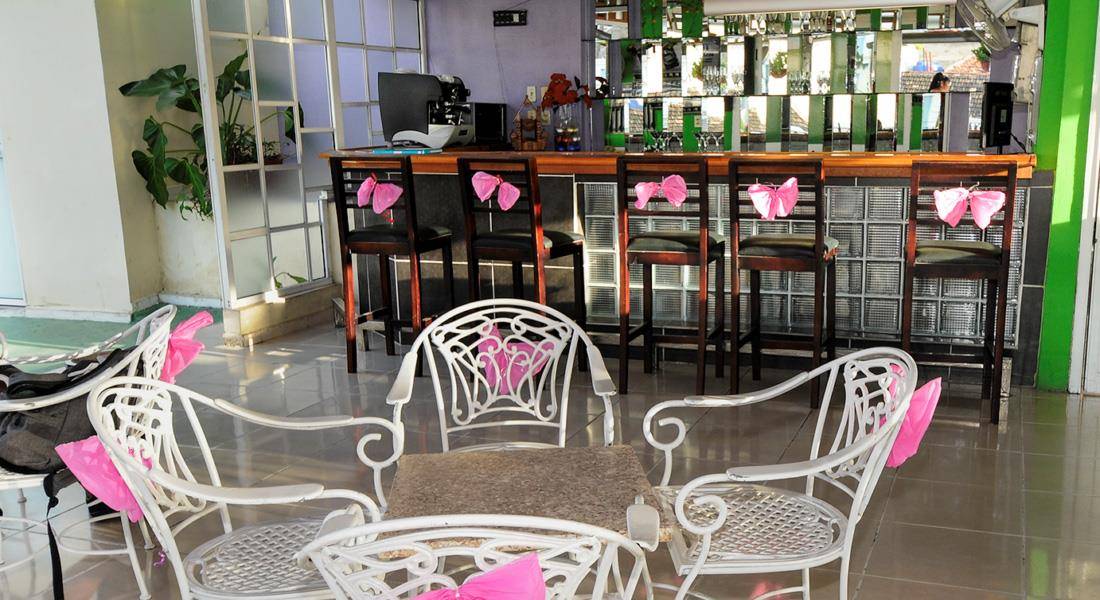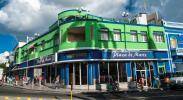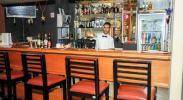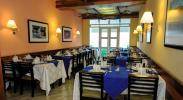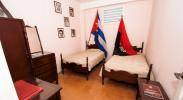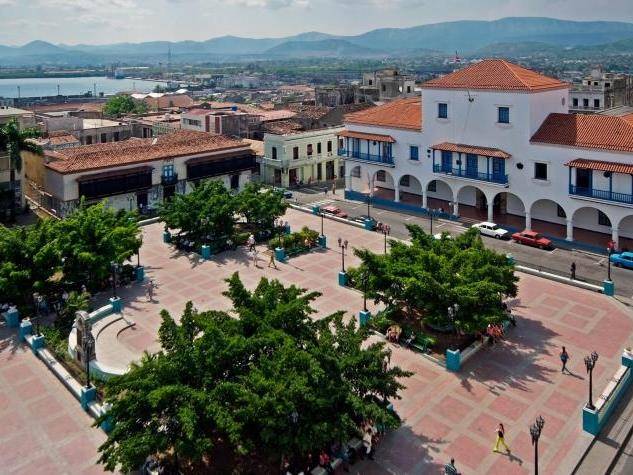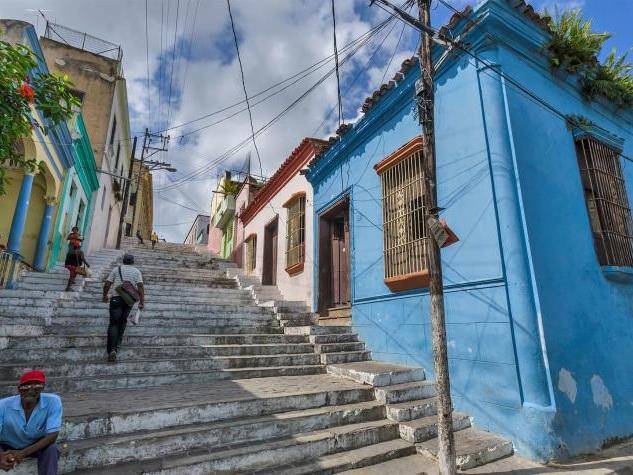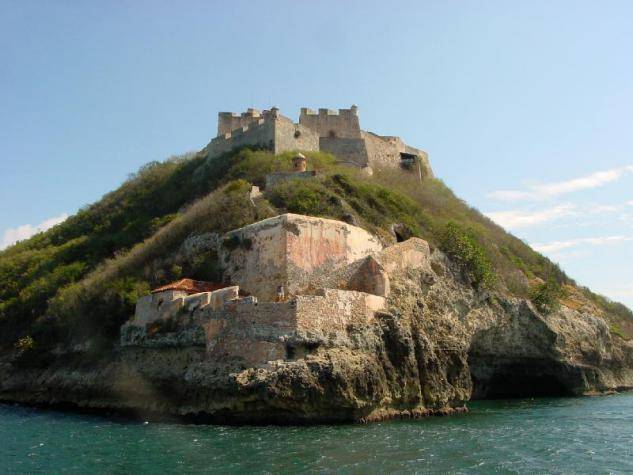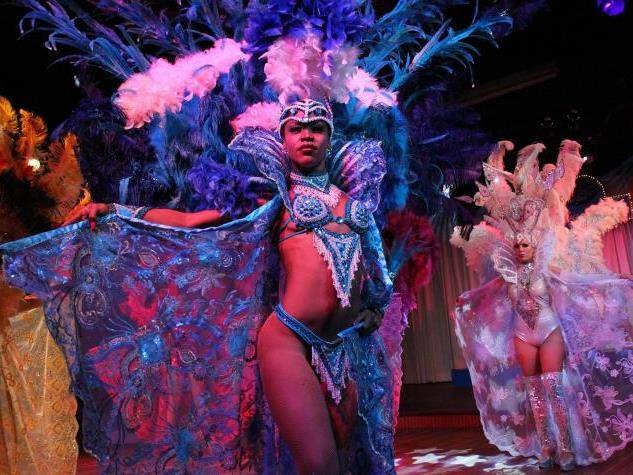
Tropicana Santiago
Every night, the Tropicana cabaret offers its performance "Viaje al Caribe" (a Journey to the Caribbean), which narrates the history of the people of Santiago, the most Caribbean city in Cuba, where one can feel the influence of Haiti and its voodoo religion and French customs, Dominican Republic and its merengue, Jamaica and its reggae and Puerto Rico among others. Dinner and show in the same style as the famous Tropicana Cabaret from Havana. This modern facility has been elegantly decorated with traditional elements that blend-in with the lush natural vegetation surrounding the area

